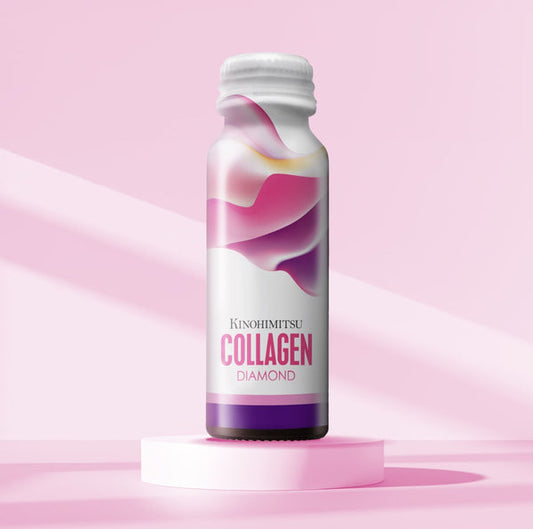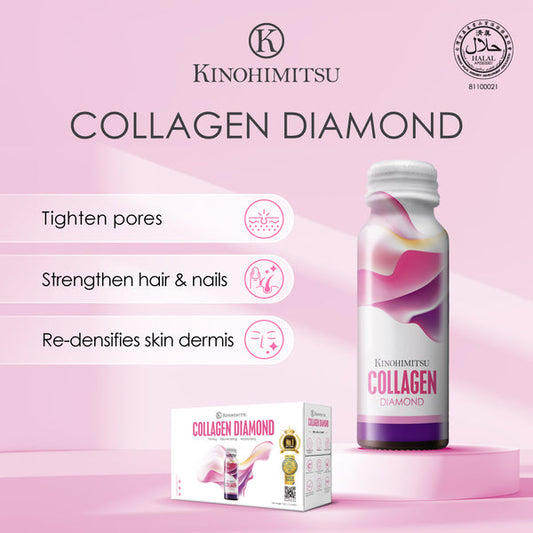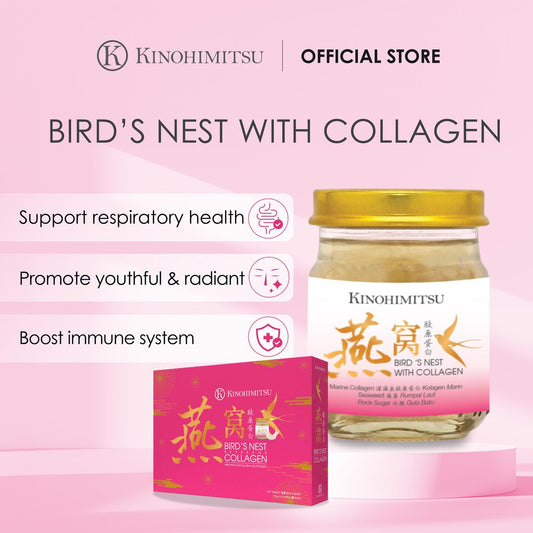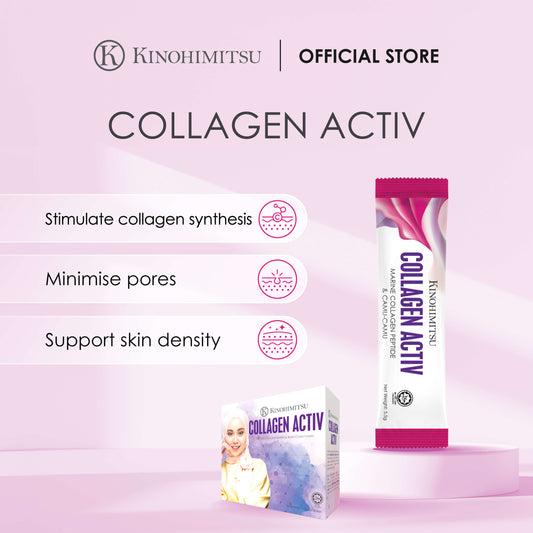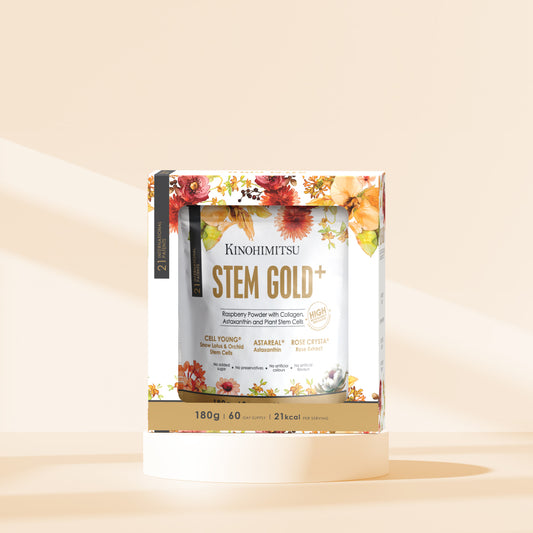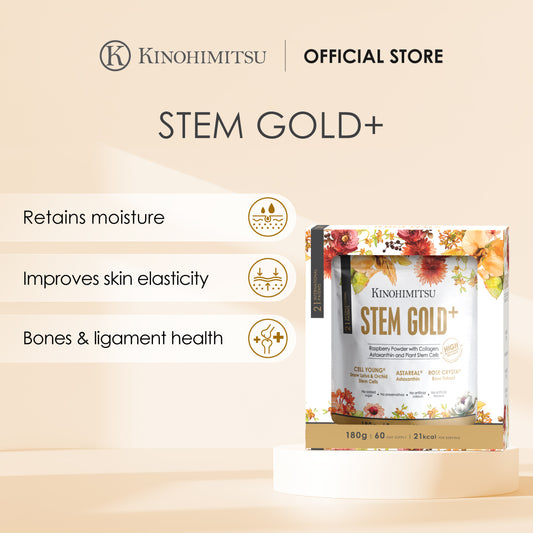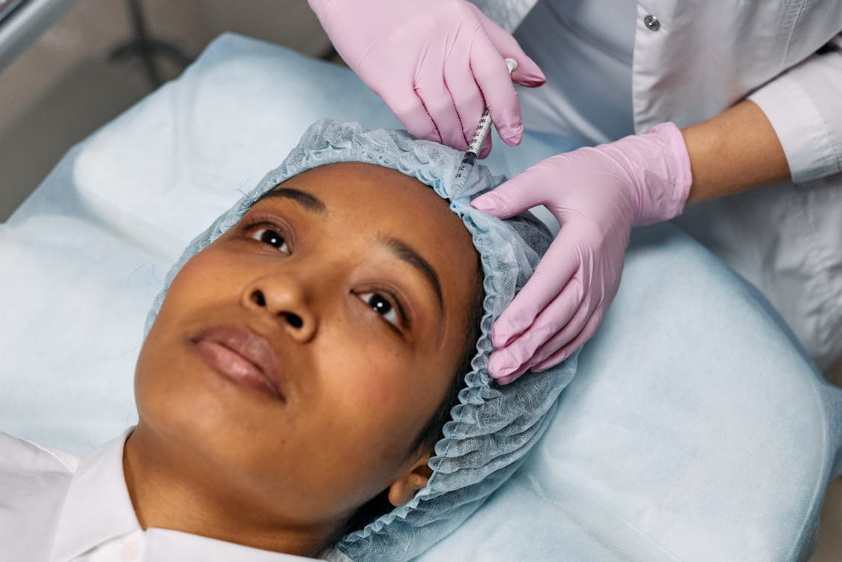
Why You Need a UV Protector for Glowing Skin

Did you know that nearly 90% of skin cancer cases are linked to UV radiation exposure? This statistic highlights the critical importance of a reliable UV protector in your skincare routine. Regardless of the season or weather, harmful ultraviolet rays can penetrate your skin, leading to damage that results in premature aging, sunburn, and even skin cancer. Understanding how to effectively safeguard your skin is essential in today's sun-soaked world. Using a high-quality UV protector not only shields your skin from immediate harm but also plays a significant role in maintaining overall skin health for the long run. In this blog post, we’ll explore why UV protectors are essential, how to choose the right one, and the lifestyle habits that can enhance your skin’s defense against the sun.
Understanding UV Radiation
Types of UV Rays: UVA, UVB, and UVC
Ultraviolet (UV) radiation from the sun plays a significant role in skin health. There are three main types of UV rays: UVA, UVB, and UVC.
- UVA: These rays penetrate deeply into the skin and are primarily responsible for photoaging and wrinkles. They can also contribute to skin cancer.
- UVB: These rays are more intense than UVA and are primarily responsible for sunburn. They play a critical role in the development of skin cancer.
- UVC: These rays are the most harmful but are mostly absorbed by the Earth's atmosphere and do not reach the surface.
How UV Rays Affect Your Skin
Exposure to UV rays can lead to both immediate and long-term effects on your skin. Some of the adverse effects include:
- Sunburn, which can be painful and damaging.
- Premature skin aging, such as wrinkles and fine lines.
- Dark spots or hyperpigmentation.
- Increased risk of skin cancers, including melanoma.
The Importance of UV Protection
Preventing Skin Damage
Using a UV protector is essential in safeguarding your skin against harmful UV rays. A good UV protector forms a barrier that prevents these rays from penetrating the skin, thus reducing the risk of skin damage.
The Role of UV Protectors in Anti-Aging
Investing in an effective UV protector can also contribute to maintaining youthful skin by preventing the signs of aging linked to sun exposure. Regular use can help minimize the appearance of wrinkles and age spots.
Health Risks Associated with UV Exposure
Beyond cosmetic concerns, prolonged UV exposure can lead to serious health risks, including:
- Skin cancer
- Weakened immune response
- Eye damage, such as cataracts
By understanding the dangers of UV radiation and incorporating a UV protector into your skincare routine, you can significantly enhance your skin's health and appearance.
For more detailed information on UV protection, check out the resources available at the American Academy of Dermatology.
How to Choose the Right UV Protector
SPF Ratings Explained
When selecting a UV protector, understanding SPF (Sun Protection Factor) ratings is crucial. The SPF rating indicates the level of protection a product provides against UVB rays. Here’s how to interpret SPF ratings:
- SPF 15: Blocks approximately 93% of UVB rays.
- SPF 30: Blocks about 97% of UVB rays.
- SPF 50: Blocks up to 98% of UVB rays.
It's important to choose a UV protector with an SPF of at least 30 for daily use, especially if you plan to be outdoors.
Chemical vs. Physical UV Protectors
There are two primary types of UV protectors:
- Chemical UV Protectors: These absorb UV radiation and convert it into heat, which the skin then releases. They often have lightweight formulations and may include ingredients like avobenzone or octocrylene.
- Physical UV Protectors: Also known as mineral sunscreen, these form a physical barrier that reflects UV radiation. Common ingredients are zinc oxide and titanium dioxide. They are often recommended for sensitive skin.
Additional Ingredients to Look For
When choosing a UV protector, consider products that include beneficial skincare ingredients, such as:
- Antioxidants: Ingredients like vitamin C and E help combat free radicals caused by UV exposure.
- Hydrating agents: Such as hyaluronic acid or glycerin, to keep your skin moisturized.
- Broad-spectrum protection: Ensures defense against both UVA and UVB rays.
Choosing the right UV protector can significantly enhance your skincare routine and protect your skin from harmful sun exposure. For more insights on UV protection ingredients, refer to the Kinohimitsu website.
Incorporating UV Protectors into Your Skincare Routine
When and How to Apply UV Protectors
To maximize the benefits of your UV protector, it's essential to know when and how to apply it. Follow these steps:
- Apply in the morning: Use your UV protector as the final step in your morning skincare routine.
- Use enough product: Apply a generous amount, typically one ounce (about a shot glass full) for full body coverage.
- Don’t forget areas: Ensure to cover often-missed spots such as ears, neck, and the back of the hands.
Tips for Layering UV Protectors with Other Products
If you use additional skincare products, consider the following tips for effective layering:
- Order of application: Always apply lighter products first, such as serums, followed by thicker creams and then your UV protector.
- Sunscreen before makeup: If you wear makeup, let your UV protector absorb completely before applying foundation or powder for the best finish.
- Avoid mixing products: Do not mix your UV protector with other products, as it may dilute its effectiveness.
The Importance of Reapplication
Reapplying your UV protector throughout the day is crucial for ongoing protection. Here’s when to do it:
- Every two hours: If you’re spending extended time outdoors.
- After swimming or sweating: Choose a water-resistant UV protector and reapply immediately afterward.
- On cloudy days: UV rays can penetrate clouds, so apply your UV protector even when it’s cloudy.
Incorporating a high-quality UV protector into your daily routine is vital for maintaining healthy skin. For more tips on effective sun protection, visit the Skin Cancer Foundation.
Debunking Myths about UV Protectors
SPF Myths
There are several misconceptions surrounding SPF and its effectiveness. It's important to clarify these myths to ensure proper use of a UV protector:
- Higher SPF = Better Protection: Many believe that using an SPF 100 instead of SPF 30 offers double the protection. In reality, an SPF 30 blocks about 97% of UVB rays, while SPF 100 blocks approximately 99%. The difference is minimal.
- You Only Need Sunscreen on Sunny Days: UV rays can penetrate through clouds, meaning that sun protection is necessary even during overcast weather.
- Applying Once for the Day Is Enough: Many people think they only need to apply sunscreen once, but reapplication is crucial for maintaining effective protection, especially after sweating or swimming.
Misconceptions about Cloudy Days and UV Exposure
Another common myth is that UV rays are not a concern on cloudy days. In fact:
- Up to 80% of UV rays can penetrate clouds: This means that skin can still incur damage even when the sun isn’t shining brightly. Therefore, wearing a UV protector is essential every day, regardless of the weather.
- UV rays can reflect off surfaces: Water, sand, and concrete can reflect UV rays, increasing exposure risk. Always protect your skin when near these surfaces, even on cloudy days.
By understanding and debunking these myths about UV protection, you can make informed decisions about using a UV protector effectively. For further information on sun safety and myths, check out the American Cancer Society.
Natural Alternatives to Traditional UV Protectors
Botanical Ingredients Known for UV Protection
For those seeking natural options, certain botanical ingredients have shown potential in providing a level of sun protection. While these ingredients may not replace a traditional UV protector, they can complement your sun safety routine:
- Red Raspberry Seed Oil: Known for its high SPF properties, it contains antioxidants that can help reduce UV radiation on the skin.
- Carrot Seed Oil: This oil is rich in beta-carotene, a precursor to vitamin A, which can aid in skin health and offers some natural UV protection.
- Aloe Vera: While primarily known for its soothing properties, aloe vera can also help hydrate the skin and alleviate sunburn.
The Role of Diet in Skin Health and Protection
What you eat can also influence your skin's ability to protect itself from UV damage. Incorporating certain foods into your diet can bolster your skin's resilience:
- Antioxidant-rich foods: Berries, nuts, and leafy greens can protect skin cells from free radical damage caused by UV exposure.
- Omega-3 fatty acids: Found in fish like salmon, these can help maintain skin barrier function.
- Hydration: Drinking plenty of water supports overall skin health and helps maintain hydration, which is vital for skin resilience.
While natural alternatives can contribute to skin health, it's essential to pair them with a reliable UV protector to ensure comprehensive protection against harmful UV rays. For more insights on natural sun protection and skincare, visit the Healthline website.
Conclusion
Recap of Benefits of Using a UV Protector
In summary, integrating a UV protector into your daily skincare routine is essential for maintaining healthy, youthful skin. The key benefits include:
- Prevention of Skin Damage: It helps shield your skin from harmful UV rays and reduces the risk of sunburn and long-term damage.
- Anti-Aging Properties: Regular application can slow down the visible signs of aging, such as fine lines and pigmentation.
- Lower Risk of Skin Cancer: Using a UV protector significantly lowers the chances of developing skin cancers due to UV exposure.
Encouragement to Prioritize Skin Health
Taking care of your skin is an investment in your overall health. Prioritizing the use of a quality UV protector can serve as a protective barrier against environmental aggressors and pave the way for radiant skin. Remember to apply it daily, even when the sun isn’t shining. Your skin will thank you for it!
For further guidance on sun safety practices and choosing the right products, visit the American Academy of Dermatology.
The Importance of Regular Skin Check-Ups

Why Regular Skin Check-Ups Matter
In addition to using a reliable UV protector, regular skin check-ups are vital for early detection of potential skin problems. These check-ups can help:
- Identify Changes in Skin: Dermatologists can assess moles and spots to detect any changes that might indicate skin cancer.
- Monitor Overall Skin Health: Regular visits allow professionals to evaluate your skin's condition and provide tailored advice, including whether your current UV protector is adequate.
- Educate on Best Practices: During these visits, dermatologists can guide patients on the best sun protection methods and address any misconceptions regarding UV protection.
How to Conduct a Self-Check
Practicing self-exams between professional visits is essential. Here's how to do it effectively:
- Use a full-length mirror: Stand in front of a mirror and inspect your entire body.
- Check for asymmetry: Observe moles or spots that are asymmetrical or have irregular borders.
- Look for any color variation: Moles should be a single color; variations can be a red flag.
- Examine size: Pay attention to moles larger than a pencil eraser (about 6 mm).
- Monitor any changes: Keep track of any new growth, changes in texture, or persistent itchiness.
When to See a Dermatologist
If you notice any concerning changes or have any doubts about your skin, consult a dermatologist promptly. Regular skin check-ups, combined with the consistent use of a UV protector, can significantly enhance your skin health.
For more detailed guidance on skin checks, visit the Mayo Clinic website.
Frequently Asked Questions
What is the difference between UVA and UVB rays?
UVA rays penetrate the skin more deeply and are primarily responsible for aging and long-term skin damage, while UVB rays are shorter and responsible for sunburn and contributing to skin cancer. Both types of rays are harmful, making it essential to choose a UV protector that offers broad-spectrum protection against both.
How often should I apply my UV protector?
You should apply your UV protector every two hours when outdoors, and immediately after swimming, sweating, or towel drying. For daily use, apply it as the last step in your skincare routine in the morning, and reapply throughout the day to maintain effectiveness.
Can I skip using a UV protector on cloudy days?
No, you shouldn’t skip your UV protector on cloudy days. Up to 80% of UV rays can penetrate through clouds, which means your skin is still at risk for damage. It’s important to apply sunscreen every day, regardless of the weather conditions.
Is SPF 30 sufficient for daily use?
Yes, SPF 30 is usually recommended for daily use and blocks about 97% of UVB rays. However, if you spend extended periods outdoors, engaging in activities like swimming or hiking, consider using a higher SPF and reapplying regularly for optimal protection.
Can I rely solely on my makeup for UV protection?
While some makeup products may contain SPF, they are typically not enough for adequate sun protection on their own. It's best to apply a dedicated UV protector before your makeup for optimal defense against harmful UV rays.

